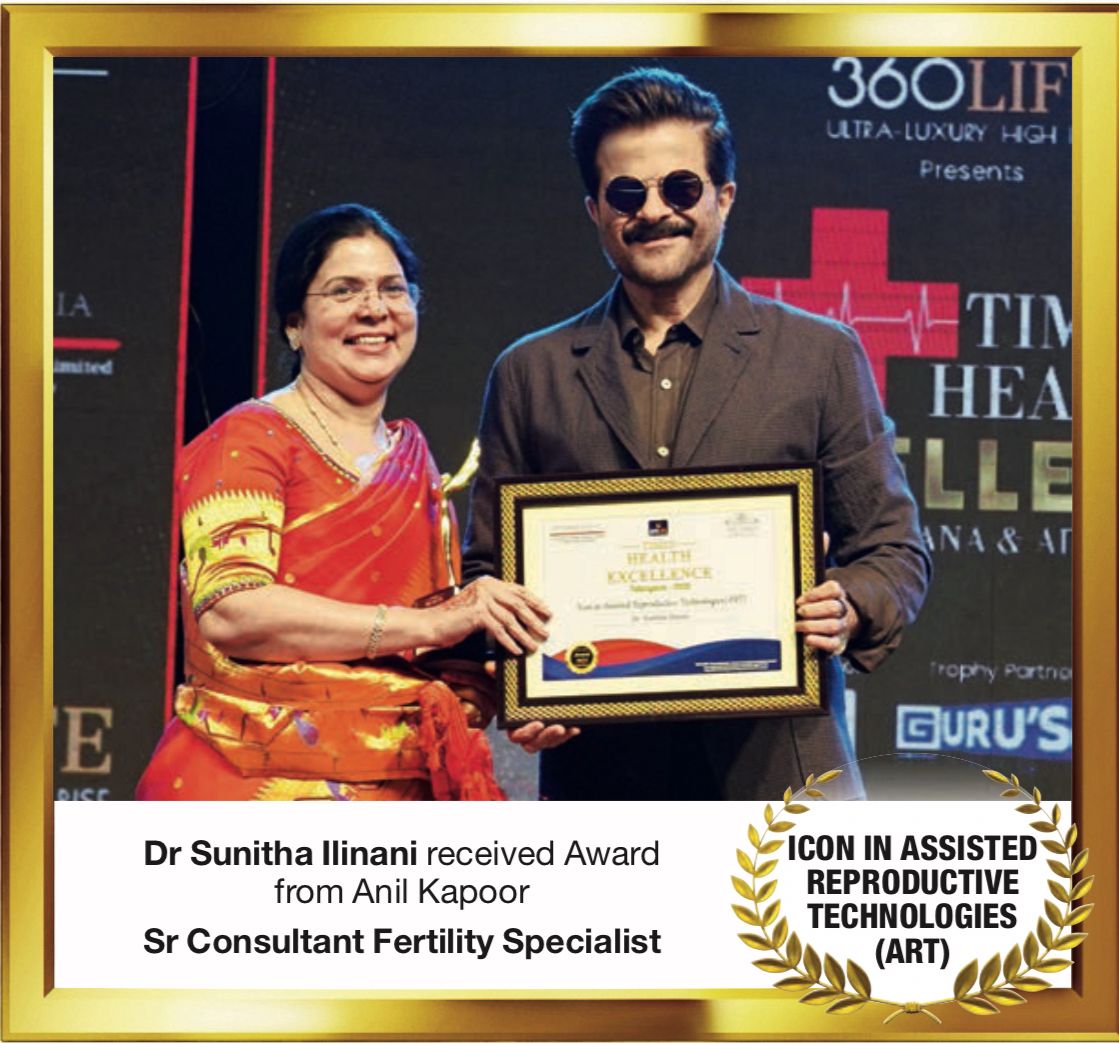
Understanding IVF Treatments: A Comprehensive Guide
In vitro fertilisation, or IVF, involves removing eggs from the ovaries and fertilising them with sperm outside of the body in a laboratory setting. To conceive, the resulting embryos are subsequently inserted back into the uterus. IVF has transformed the field of reproductive science by providing hope to individuals and couples dealing with a range of infertility issues, such as blocked fallopian tubes, low sperm counts, irregular ovulation, and infertility that remains unexplained. In case you are planning to undergo this procedure, here are a few pointers to keep in mind while going through the treatment.
Preliminary Consultation: It usually begins with a consultation with the fertility expert who will evaluate the individual or couple’s medical history and conduct various examinations to make a preliminary diagnosis before undergoing further tests.
Ovarian Stimulation: This step involves the woman receiving hormone therapy to stimulate the production of eggs from the ovaries. Typically, daily injections of luteinizing hormone (LH) and follicle-stimulating hormone (FSH) are used to achieve this. To monitor the development, blood tests and ultrasounds are performed regularly.
Egg Retrieval: Egg retrieval is a simple surgical procedure that is undertaken once the follicles reach maturity. To harvest the eggs, a thin needle is guided by ultrasonography through the vaginal wall and implanted into the ovaries. Sedation is utilised while doing this process to minimise pain or uncomfortable sensations.
Sperm Collection: Once the egg is retrieved, sperm from the male partner or donor is collected and processed in the laboratory to isolate healthy sperm.
Fertilisation: The collected eggs and sperm are combined in a controlled environment for fertilisation to take place. This can be done either by IVF (placing sperm and eggs in a culture dish) or through ICSI (where a single sperm is injected into an egg).
Embryo Culture: The fertilised eggs are placed and monitored in the lab for anything upto 5 days so they can develop into embryos.
Transfer Of Embryo: Once the embryos have developed to reach an appropriate level, some of the eggs are transferred into the woman’s uterus, where a catheter is used to place the embryo into the uterine cavity.
Pregnancy Test: After 10-15 days, a pregnancy test is performed to determine if the procedure has delivered the intended result.
Follow-Up: In case of a successful pregnancy, regular care for the expectant mother follows. If not, the review will be conducted by the fertility expert to identify the factor contributing to the failed outcome and a plan will be formulated for further treatment.

